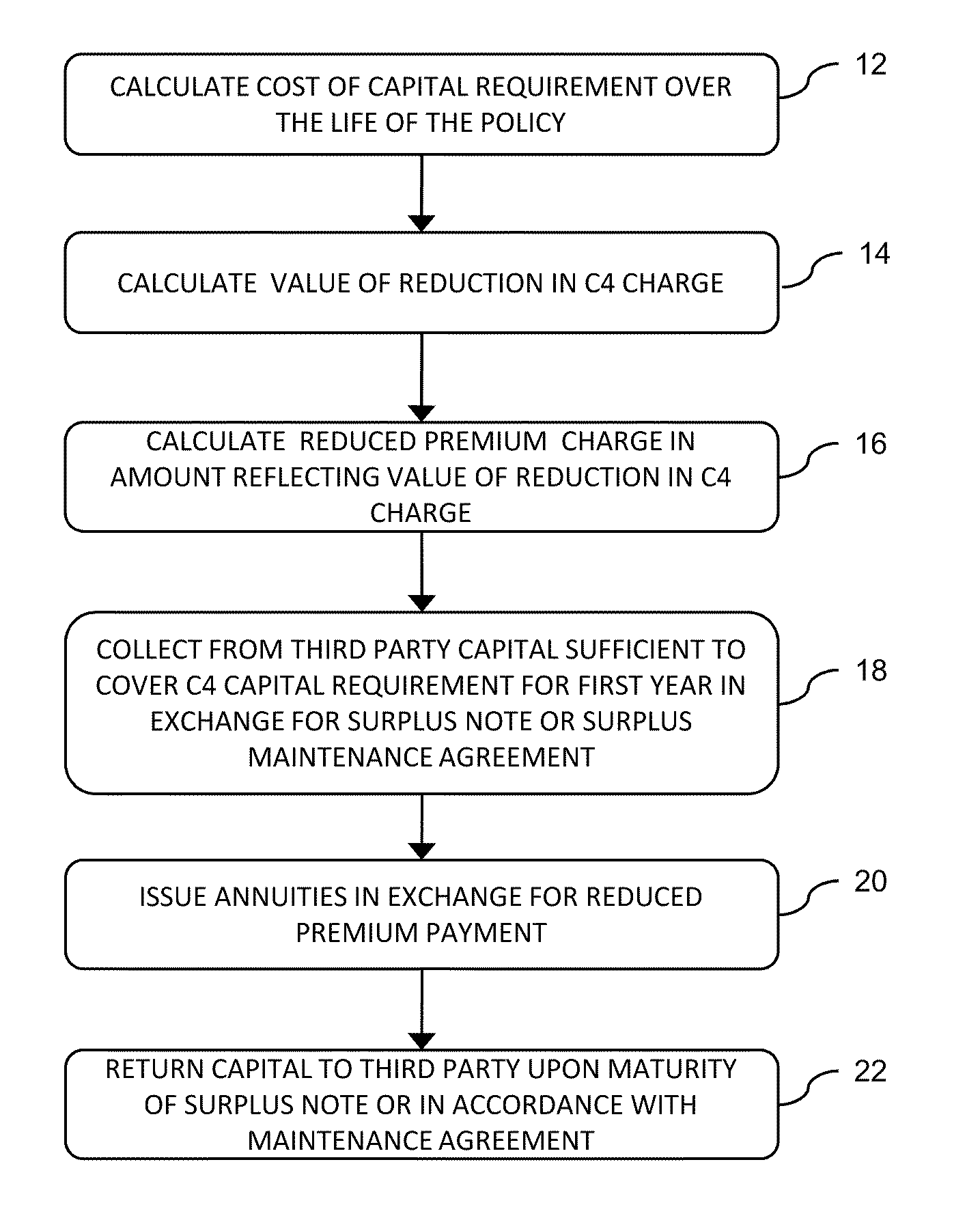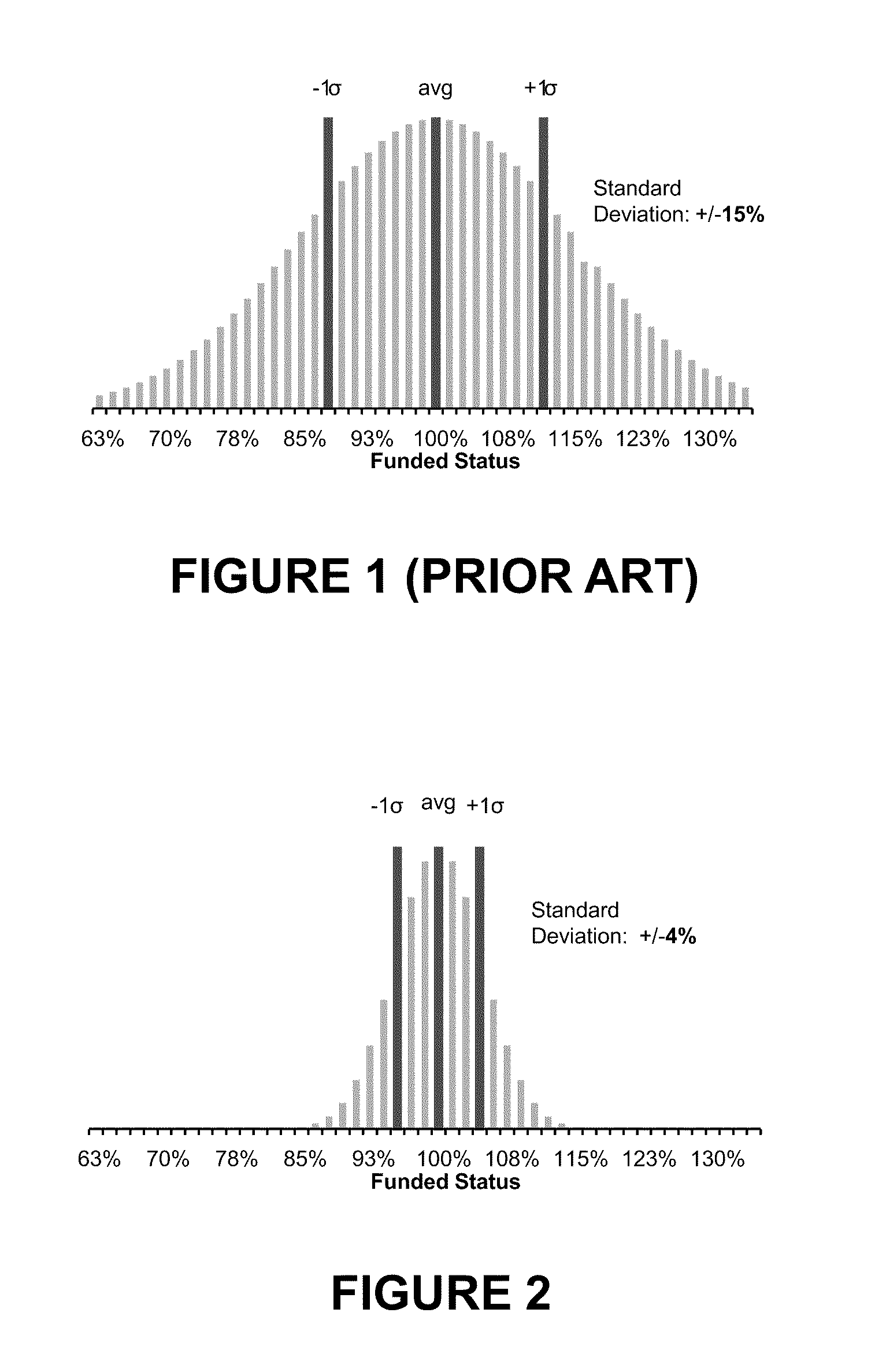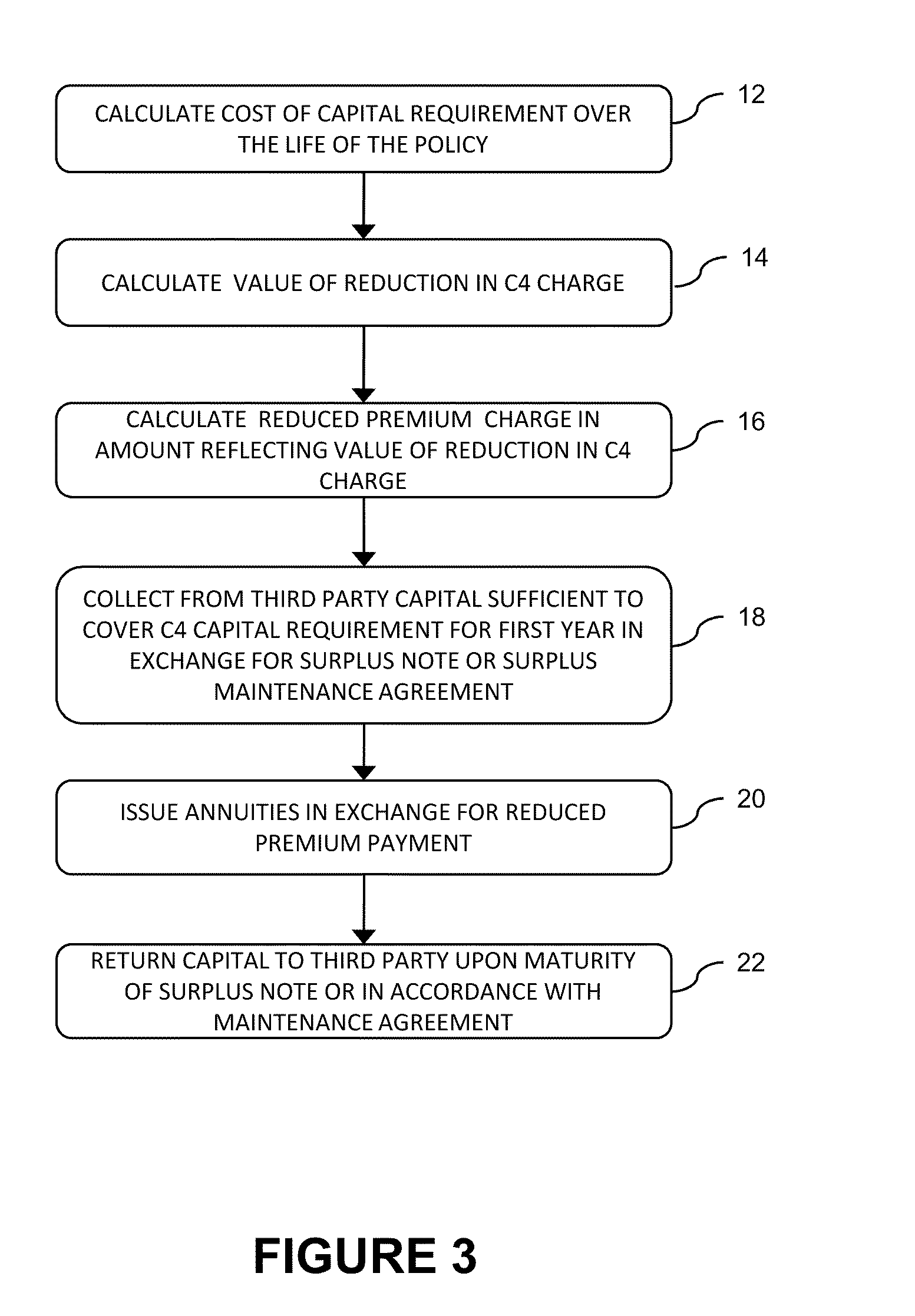In addition, under certain circumstances a plan sponsor may be liable for losses arising out of decisions concerning the investment of plan funds.
In meeting these duties and obligations, a sponsor will often need to devote a significant amount of time and resources to managing the pension plan.
As a result of the above obligations, the decision of an employer to offer a pension plan carries with it certain risks and liabilities.
The funds of a pension plan may not always be sufficient to cover the obligations to the plan participants.
In particular, the funding of a pension plan is susceptible to a combination of both investment risk and
longevity risk (i.e., the risk of servicing plan participants over lives that are longer than expected).
This underfunding of the plan may result in the need for the sponsor to infuse the plan with additional funds, and may also result in higher guaranty premiums as required by the Pension Benefit Guaranty Corporation (PBGC).
In addition, the need to make payments to a pension plan may have a negative effect on the financial statements of a plan sponsor, and may lower sponsor shareholder equity.
Finally, the inability of a sponsor to adequately fund the pension plan could also result in inadvertent termination of the plan.
However, termination through this method has significant drawbacks.
First, with a commercial insurer that is a stock company, the benefits of any surplus capital over the amount required to fund the annuities inures to the benefit of the stockholders of the insurer, not to the pension plan participants who become policyholders of the insurer.
Second, as the credit crisis of 2008 and 2009 illustrated, commercial life and
annuity insurers are free to invest funds using strategies that
expose policyholders to
significant risk.
As a result, a commercial insurer may opt to pursue a relatively risky investment strategy, such as a 60 / 40 strategy, which may provide for short-term gains to the stockholders of the insurer at the expense of
increased risk to the payout of benefits to the policyholders.
As shown in FIG. 1, the use of a 60 / 40 investment strategy carries with it a higher probability of a risk.
In addition, a commercial insurance company has exposures to risks on its other business lines, such as term life insurance.
For example, a life insurance company offering life insurance plans may be exposed to risks associated with potential mortality catastrophic events, such as pandemics.
Likewise, the capital supporting pension plan obligations may end up tied up in risky legacy investments, such as residential mortgage backed securities, commercial mortgage backed securities, commercial real estate loans, and commercial real estate direct investments.
As a result, the new policyholders from the terminated plan may be subject to the risks of the insurer's legacy investments and exposures, as well as the “surplus strain” associated with writing new business.
Commercial insurance companies also carry additional overhead due to advertising expenses, broker commissions, and salaries of marketing employees, new product developers, and underwriters.
This overhead may be reflected in additional costs to the plan sponsor in
purchasing the annuities, or in reduced payments to policyholders.
Furthermore, only pension plans of smaller size may be able to execute a standard termination using annuities offered by commercial insurance companies since there is insufficient overall capital capacity in the commercial insurance market. FIG. 3 shows U.S. annual sales over the last ten years of the types of annuities used in pension close-outs (“single premium group annuities” and “terminal funding annuities”).
Hence, the annuitization of an “average” top 20 pension plan would consume ten years of total insurance industry capacity for this type of annuities.
In other words, there is not enough capital capacity in the commercial insurance market to allow large plans to annuitize.
The cost to the insurance company of holding $20 million of capital in this example is high.
As a result, requiring a commercial insurance company to maintain sufficient capital to cover the risk of an assessment is inefficient where the company issues annuities only infrequently or only on a one-time basis.
It may not be practical for insurance companies to calculate policy-by-policy requirements, because of the large number of policies they manage, the many different policy inception dates, and the practice of most insurance companies to
pool their investments.
The latter especially makes a policy-by-policy calculation of required capital especially difficult, because RBC rules require the aggregated measurement of investment and interest rate risks and also apply co-variance factors that adjust the result for correlation across risks.
 Login to View More
Login to View More  Login to View More
Login to View More 


